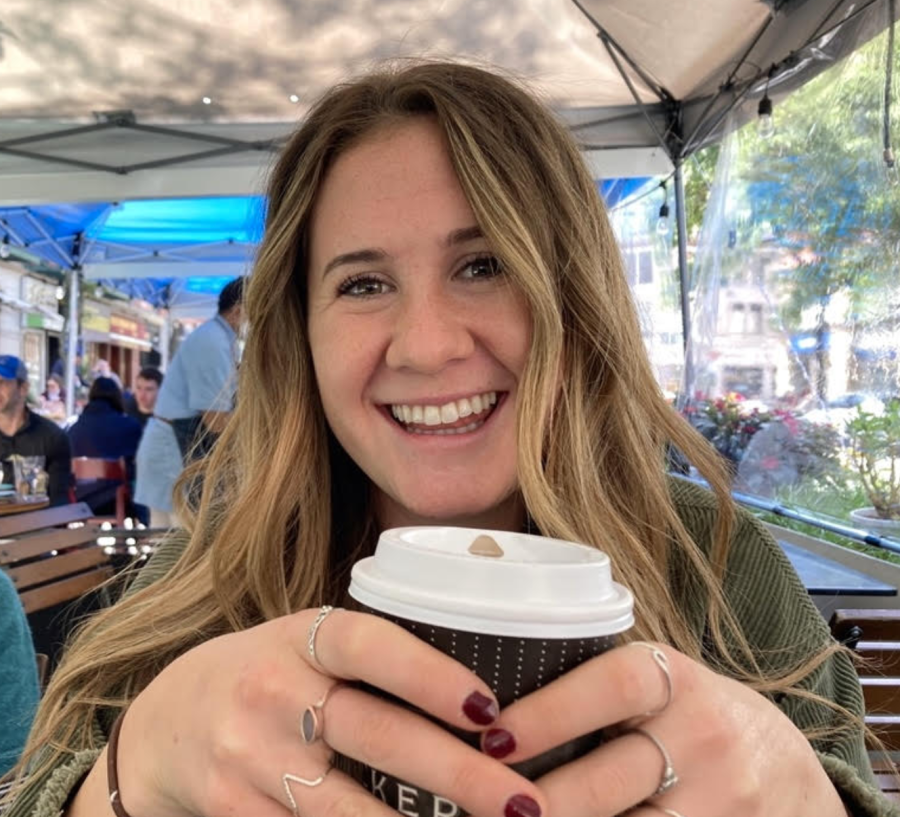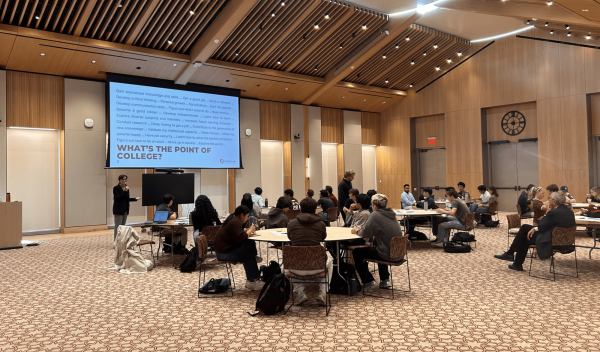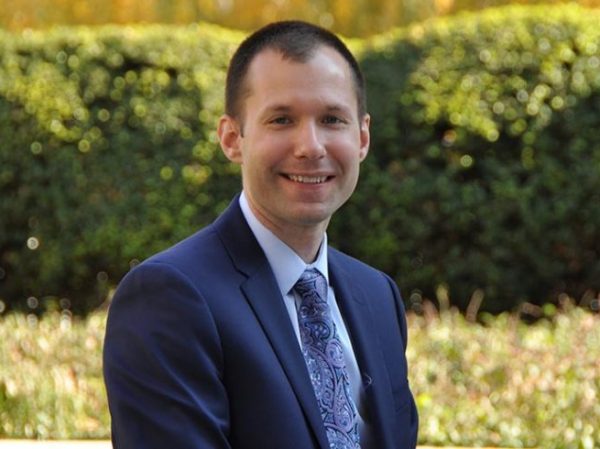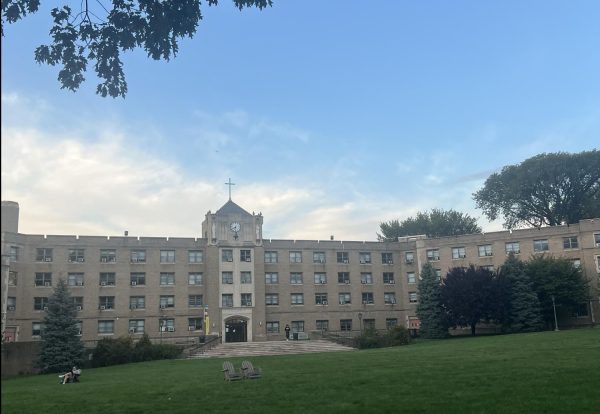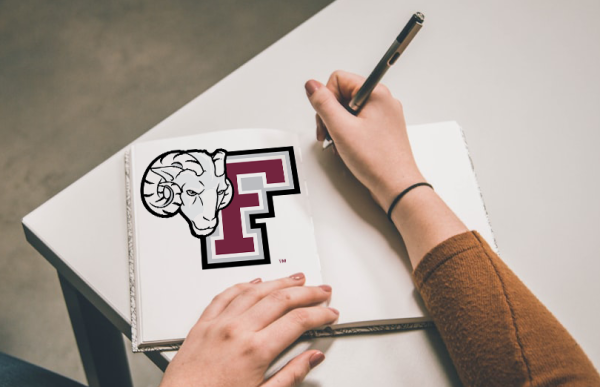Fordham Junior Studies Microbial Relationships
Grace Fitzgerald, FCRH ’23 is studying microbial relationships in the soil.
Last spring, Grace Fitzgerald, FCRH ’23, started work on a research project studying microbial relationships in the soil. Fitzgerald, a biology major with psychology and bioethics minors, is studying how the microbiota beneath mature trees affects the juvenile plants that can go around them. In this field of research, there are two existing hypotheses that Fitzgerald compares.
“There is the Janzen-Connell hypothesis, which is that a plant of the same species can’t grow beneath a mature plant of that species because there’s a lot of predators in the soil,” said Fitzgerald.
T
his hypothesis may provide reasoning for why forests are so diverse; the same species of trees may be so spread out because they can’t grow underneath their parents. Fitzgerald compares this theory with another that postulates that the mutualistic relationship between these plants and their parents might help the juvenile plants grow underneath their parent trees through mycorrhizal networks in the soil.
To complete field research for this project, Fitzgerald participated in the Calder Summer Undergraduate Research Program at Fordham’s Westchester campus this previous summer. “I collected about 45 soil samples from juvenile trees that were underneath mature oak and beech trees in Calder Forest,” said Fitzgerald.
The Westchester campus has labs for the ecology and biology research that Fitzgerald is doing. After doing this field research, Fitzgerald conducted statistical analysis on the diversity in the forest, as well as on the growth and juvenile mortality of the tree saplings.
After her summer research, Fitzgerald began the second phase of her project.
“I took DNA extractions from each of the soil samples … and I am currently doing PCR amplifications of each of them and basically purifying the DNA so that I can send it out to be sequenced.”
The PCR amplification isolates the strands of DNA that are needed, purifies them and then amplifies the sample many times over so that it’s much easier to sequence.
Once these DNA samples are sent out to be sequenced, Fitzgerald will then be able to complete an analysis of the nutritional types of fungi that are in the soil, which will show whether it’s parasites, pathogens or mutualistic relationships that are occurring between the microbes in the soil. Currently, Fitzgerald is doing this work at the Lewis lab, which is run by her advisor, James D. Lewis, Ph.D.
Fitzgerald’s summer research and ongoing analysis found that between the two hypotheses, there were not significant differences in growth and mortality between the different plots of trees.
“My expectation is that … between pathogens and mutualistic fungi … [are] balancing each other out over time, so that’s what I’m looking to find, whether that prediction is correct,” said Fitzgerald.
Fitzgerald hopes that her research will be helpful in the future. She is interested in health-related fields, and her research centers around microbiology, so she anticipates that her research will end up being beneficial.
“I think that in the future this will help me have a greater understanding of pathogens, and also it gives me a little bit of the ecology side of knowledge to my interest in microbiology … I really like pathogen research and diseases so I think that it will help me in that because I will be able to look at pathogens in this way,” said Fitzgerald.
Fitzgerald also thinks that it is always important to understand the ways that different ecosystems have evolved over time, as well as the ways in which organisms interact within their communities. “A lot of fungi and microbial research can have big implications in different agricultural fields … so it can help gain greater insight into how different crops and different organisms are impacted by the microbiomes that are underneath them.”





































































































































































































